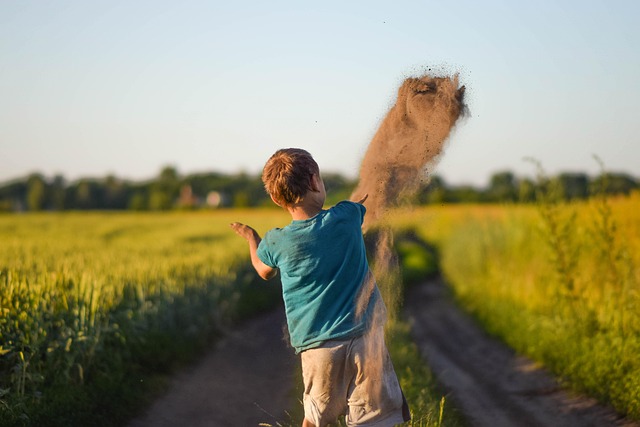Southwestern architecture captivates real estate buyers with its open spaces, natural light, and use of local materials like adobe and stone. Modern twists on traditional designs, along with vibrant colors, enhance appeal. Native material incorporation offers authenticity and structural advantages. Climate-responsive features, such as overhangs and efficient irrigation, promote sustainability in the region's real estate market.
Discover the enchanting world of southwestern architecture, where each home tells a story. This region’s unique charm is defined by key design elements that blend modern aesthetics with indigenous influences. From incorporating native materials for a touch of local character to understanding how climate shapes construction, these factors elevate real estate in the Southwest. Explore these aspects and unlock the secrets behind the captivating tapestry of residential designs that define this vibrant landscape.
Key Elements of Swelling Design in Real Estate

The unique charm of southwestern architecture is a key draw for many real estate buyers and investors, adding significant value to properties in the region. Key elements of this distinctive design style include open floor plans that seamlessly blend indoor and outdoor spaces, often featuring large windows and sliding doors that capitalize on natural light and breathtaking desert vistas.
Native materials such as adobe, stone, and wood play a prominent role in Southwestern architecture, creating a warm and earthy aesthetic. These organic elements are combined with modern amenities and design twists to create both functional and visually appealing homes. The use of vibrant colors, inspired by the region’s rich cultural heritage, further enhances the overall allure, making southwestern-style real estate a coveted choice for those seeking a blend of tradition, beauty, and contemporary living.
Incorporating Native Materials: A Local Touch

Incorporating Native Materials: A Local Touch in Southwestern Architecture
Southwestern architecture is renowned for its unique blend of cultural influences and natural elements, with a strong emphasis on using local materials. This approach not only adds authenticity to the region’s real estate but also creates a harmonious connection between structures and their surroundings. Builders and designers often incorporate stone, wood, and clay, sourced directly from the area, to craft homes that feel deeply rooted in the landscape.
The use of these native materials provides both aesthetic and functional benefits. Visually, it creates a distinct, organic charm that sets southwestern properties apart. Structurally, local materials can better withstand regional climates, ensuring durability and longevity in an environment known for its sun-kissed deserts and occasional storms. This attention to detail and respect for the region’s heritage makes Southwestern architecture a sought-after choice in real estate, appealing to buyers who appreciate both beauty and authenticity.
The Impact of Climate on Southwestern Home Building

The climate in the southwestern United States, characterized by hot summers and mild winters, significantly influences the region’s distinctive home building practices. In areas like Arizona and New Mexico, where temperatures can soar above 100°F during the summer months, homeowners and architects prioritize cooling strategies. This often translates to design elements such as wide overhangs, large windows positioned for cross-ventilation, and high ceilings that promote air circulation, keeping interiors comfortably cool without relying heavily on air conditioning.
Moreover, the region’s arid climate necessitates water conservation measures. Southwest real estate developers commonly incorporate features like drought-resistant landscaping, efficient irrigation systems, and the use of reflective roof materials to minimize heat absorption, thereby reducing overall energy consumption. These climate-responsive design choices not only create comfortable living spaces but also contribute to sustainable and environmentally friendly practices in the real estate sector.






